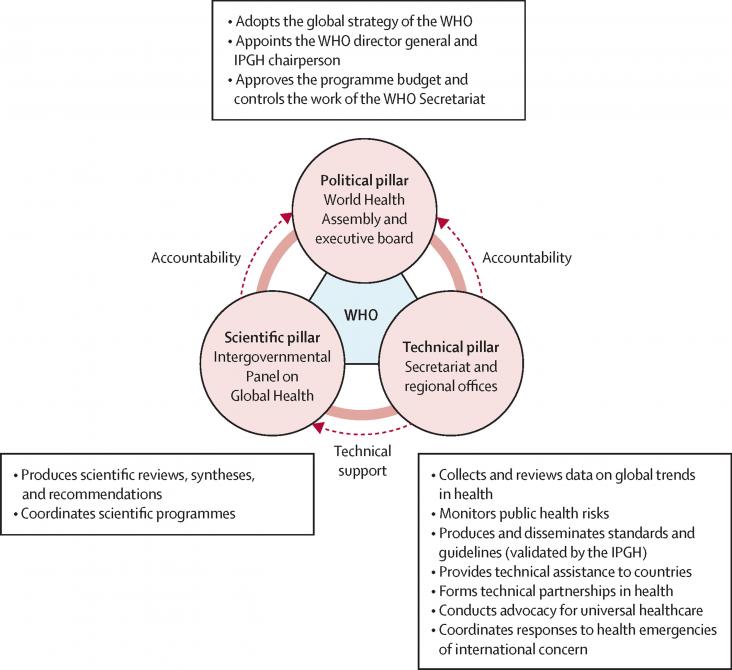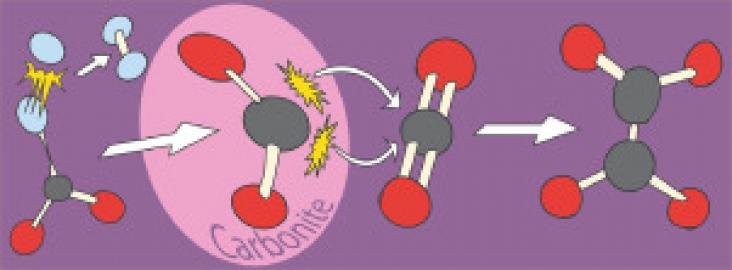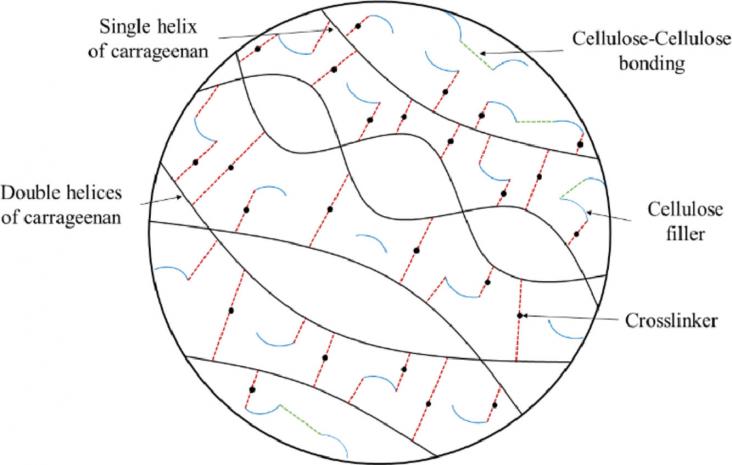Bioactive Compounds of Winery by-products: Extraction Techniques and their Potential Health Benefits
Applied Food Research, Volume 2, Issue 1, 2022, 100058
Winery by-products used for health benefits.
This study supports SDG 3 and 13 by quantifying the risk and attributable burden of hospitalisations for renal diseases related to ambient temperature, showing that this risk was positively associated with daily mean temperature and was more prominent in women, children aged 0–4 years, and older people aged ≥80 years. The findings highlight the need for the development of more policies to prevent heat-related hospitalisations and to mitigate climate change.
This article supports SDG's 13 and 15 by discussing the main findings from the Special Issue on the impact of global changes on soil biodiversity: from fauna, to fungi, soil organisms and microorganisms.

This Comment article supports SDG 3, 13, and 17 by advocating the creation of a new model of multilateral governance on the basis of the experience gained in two other areas of global public goods governance—climate change and biodiversity.
Sustainable food packaging against plastic pollution & waste.

Conversion of CO2 to valuable chemicals such as polymers via the electrochemical reduction of CO2 to formate followed by the formate to oxalate coupling reaction (FOCR) is an interesting concept to replace fossil feedstocks with renewable ones.
Temperature and sea level rise threats to aquaculture were the main focus in science and the news. At least 10 countries linked current impacts on aquaculture to climate change. Global papers cited technology for adaption, while regional papers cited governance.
An Article in support of SDGs 3, 7, and 13, showing that adopting strict climate policies (the 1·5°C and 2°C targets) and strengthening clean-air policies could achieve major improvements in air quality and substantially reduce the human health effects from air pollution in China.
Background: Road-traffic injuries are a key cause of death and disability in low-income and middle-income countries, but the effect of city characteristics on road-traffic mortality is unknown in thes

